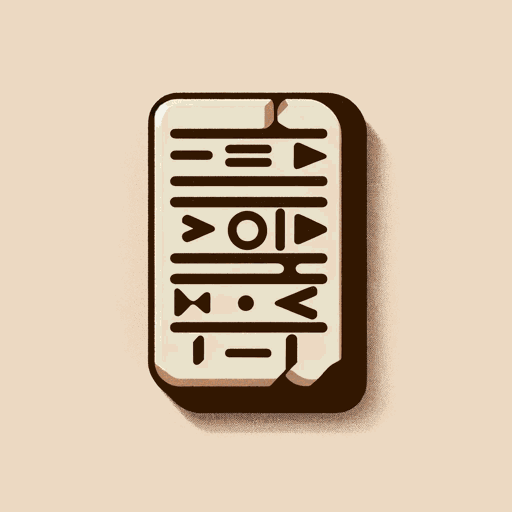55 pages • 1 hour read
Leonard William King, ed.The Seven Tablets of Creation: The Enuma Elish
Fiction | Scripture | Adult | BCEA modern alternative to SparkNotes and CliffsNotes, SuperSummary offers high-quality Study Guides with detailed chapter summaries and analysis of major themes, characters, and more.
Preface-IntroductionChapter Summaries & Analyses
Preface Summary
Leonard William King opens The Seven Tablets of Creation: The Enuma Elish with a lengthy Preface intended to explain the history of what he calls the “Creation Series,” of previous attempts to translate them, and of why he authored this version. He explains that the tablets he and other translators are working with are cuneiforms, clay bricks upon which Babylonian and Assyrian words are transcribed. The tablets date to the seventh century BCE, approximately 2,700 years before King began working with them. The ancient cuneiforms that contained the Babylonian creation story appeared in a piecemeal fashion, with no obvious progression. The British Museum acquired the tablets gradually over many years, with more tablets and tablet fragments brought into the collection.
King explains that the first significant attempt at a comprehensive translation of the Enuma Elish came in from George Smith in 1875. Smith called his version of the Creation Series The Chaldean Account of Genesis (1). Smith had access only to 21 tablets and tablet fragments. King writes of the difficulty Smith faced in piecing together the elements of the cuneiforms and thus the creation story (1).
Over the next 27 years, the museum acquired more ancient cuneiforms, such that King could identify 49 authentic tablets and fragments of the Enuma Elish.

